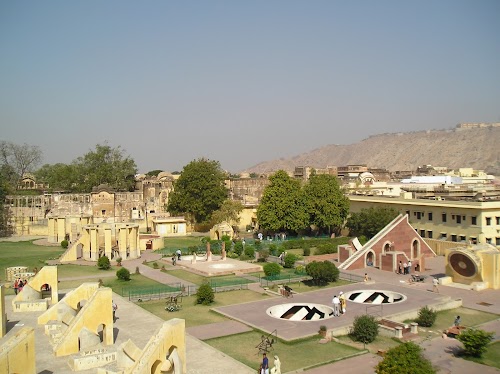
Jantar Mantar
Jaipur, India
- Explore the astronomical instruments
- Hire a guide for detailed explanations
- Learn about ancient Indian astronomy
- Take photos of the unique structures
Known for:
Description:
Jantar Mantar is an astronomical observatory built by Maharaja Sawai Jai Singh II in 1734. It is a UNESCO World Heritage site and one of the largest and best-preserved astronomical observatories in India. The observatory consists of 19 astronomical instruments, including the world's largest sundial. These instruments were used to measure time, predict eclipses, and track the movement of celestial bodies. The observatory is a remarkable example of ancient Indian astronomy and a testament to the scientific and architectural prowess of the time. Visitors can explore the various instruments and learn about their functions from the guides available on-site. The scale and precision of the instruments are impressive, and the site offers a unique glimpse into the history of astronomy.
History:
Jantar Mantar was built by Maharaja Sawai Jai Singh II, the founder of Jaipur, in the early 18th century. Jai Singh was a keen astronomer and mathematician, and he built five observatories across India, including the one in Jaipur. Construction of the Jaipur observatory began in 1728 and was completed in 1734. The observatory was built using local stone and marble, and the instruments were designed with great precision. Jai Singh's astronomical pursuits were influenced by Islamic and Greek traditions, and the Jantar Mantar reflects a blend of these influences. The observatory was used for astronomical observations for many years, and it remains a testament to Jai Singh's vision and the scientific advancements of his time.